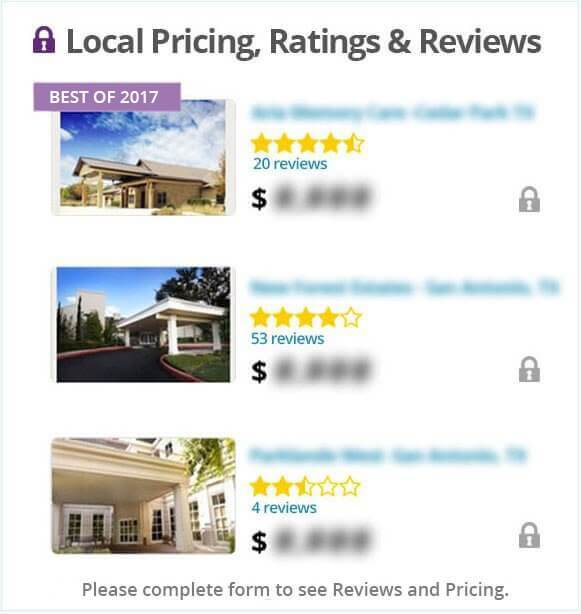By Trish Hughes Kreis for Assisted Living Directory
No one likes to talk about incontinence which is one reason it remains an underreported problem. As many as 10 – 12% adults not living in an assisted living facility or other care facility have urinary incontinence and between 50 – 84% of adults living in a care facility have urinary incontinence.
The incontinence supply industry is a multi-billion dollar industry globally! Not only is there a financial toll from incontinence but there is an emotional burden as well.
Whether a person develops urinary or bowel incontinence, it is important to talk about it in order to get the best possible care as well as support on how to manage it. As a caregiver of someone with a multitude of health problems including incontinence, I have felt like I was losing the battle of incontinence. Learning from other caregivers and health professionals has helped me stay ahead of the curve in keeping my caree as clean and dry as possible.
Personally, I would rather share stories of puppies and kittens but know sharing tips to manage the most unglamorous of caregiving duties and finding ways to feel more in control of an uncontrollable condition can be just as gratifying.
- Recognizing Incontinence. This is not as simple as it sounds! Incontinence can come on slowly and only on occasion. To be on the safe side, it is important to talk with your caree’s doctor regarding any incidence of urinary or bowel incontinence.
- Keep a Log. The doctor will want to know the frequency of the incontinence and any specific triggers. For instance, my disabled brother sometimes has bowel incontinence but it is more often a result of being on antibiotics combined with mobility challenges. Keeping a log will help identify these sorts of triggers and reasons for the incontinence.
- Choosing a Brief. Once incontinence has been recognized and the doctor has been alerted, there is still more to do. Choosing a brief can be an ever-changing decision. Perhaps there is just slight, occasional leakage and wearing a full brief would be over-kill. Panty liners or a thicker pad to insert into undergarments may be sufficient. Pull-up briefs may help keep the caree independent longer than using the tabbed briefs. Once the caree needs the tabbed briefs, there are still more choices. Absorbency and size of a brief matter immensely. The size of the brief should be snug yet comfortable and the absorbency rating should be as high as possible, particularly for overnight wear.
- Expect (and prepare for) Accidents. No matter how many times the caree uses the restroom or gets his/her brief changed, there will be accidents. Prepare a travel bag with extra briefs, wipes, gloves, bed pads and a change of clothes. Throw in a couple of garbage bags for soiled clothing or briefs. The travel bag will do wonders for your peace of mind so remember to restock it after every use.
- Become an Expert in Incontinence Supplies. Before you have the experience of cleaning up urine because the caree misses the toilet, invest in a urinal guard. These are used by men as a shield in front of them when sitting on the toilet. Trust me – you will love this thing.
- Bed Pads. The disposable or cloth pads can be used on furniture, wheelchairs, bed or in the car. Disposable pads are part of the incontinent supplies paid through Medi-Cal which make them an attractive choice. Cloth pads are more absorbent and maintain that absorbency even after several dozen washings but it is hard to argue with “free.” It is a personal choice to use disposable or cloth but use them.
- Communicate. Notifying the CNA or nurse about the incontinence if the caree is hospitalized will save everyone a lot of grief. Because Robert’s “output” is voluminous I give his nurses a supply of his “good” briefs – it can get expensive but it keeps my brother dry and reduces the risk of skin breakdown. If he has an extended stay they sometimes will use a “condom cath” which is a device that fits over the penis and drains into a bag.
- Barrier Cream. Barrier cream can protect the skin from the highly acidic urine. There are a variety of creams but the thick creams and the ones with an antibiotic are preferable. If the cream is not used daily at least use when redness pops up.
- Maintain Dignity. The caree most likely is already embarrassed by the incontinence so don’t get upset when there is an accident. Minimize any showing of shock or surprise if something new happens. Use the word “brief” instead of “diaper” and treat the caree with respect when changing their brief. Explain what you’re doing (I’m wiping your bottom now; I’m putting the brief on.
- Saving Money. If the caree has Medicaid, some incontinent supplies are covered. Briefs, disposable pads and gloves are covered although the supply may not be enough to cover an entire month. If paying out of pocket, check online stores and search for coupons! Many times there are coupon codes for free shipping or at least 10% off – every little bit helps.
- Washing Hands. For some carees, getting wet is torture. Using a disinfectant wipe may be more comfortable than using soap and water. It is essential they use something to keep germs at bay so this might be a good solution for those who do not like the feel of water on them.
Don’t let the messy subject of incontinence (pun intended) deter you from learning as much as possible about managing it. Incontinence may be a difficult part of the caregiving journey but it does not have to be impossible to manage.
Being well-stocked with the proper supplies (photo) can make the incontinence aspect of your caregiving journey much more manageable!
Between these tips and thinking about cute puppies and kittens during the difficult moments, you will be well on your way to becoming an expert at managing incontinence.






Incontinence may be a difficult part, but that doesn’t mean it’s impossible to manage. Just little care to loved ones and extra precautions will help you in managing incontinence.
This is a great article that points out the important topics to remember during this difficult process, but it can be manageable as Helen mentioned above. It’s also important to remember that the quality of the products helps to the caree’s well-being and overall health. It’s difficult to find the right sizes, absorbency and fit in stores. We actually carry superior quality incontinence products on our site that offer more options. If anyone reading this has any questions or would like to take a look at our selection please do so at northshorecare.com. Our mission is to bring a better quality of life to those who experience incontinence with our products!
Thank you both for commenting on my article. You are right that incontinence is not impossible to manage and many times it takes a lot of trial and error to find the right briefs. We are using a combination of briefs paid for through Medi-Cal as well as purchasing the more absorbent through NorthShore Care Supply. (We’ve used you for years now and are very happy with the briefs, wipes and gloves we get from you. You can spot the briefs in the photo in the article!)
Thanks again for commenting and for providing the products you do. These have helped us find the best solution in managing the incontinence in our household.
Trish